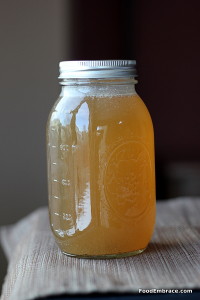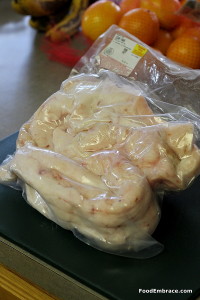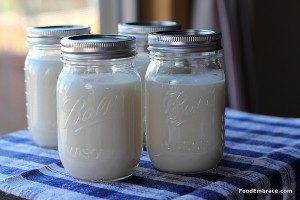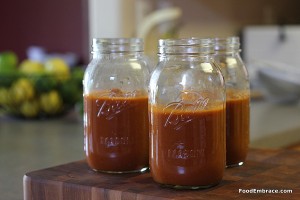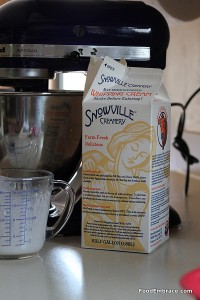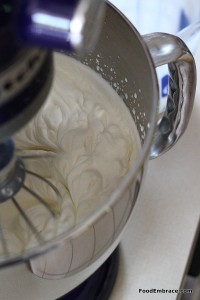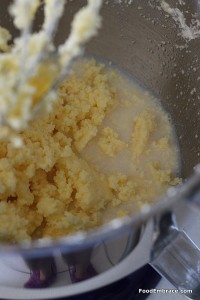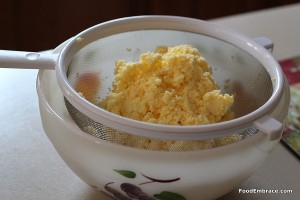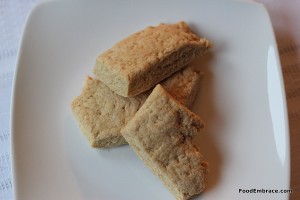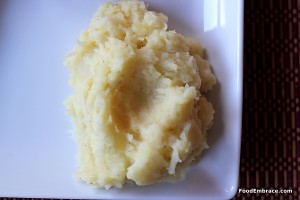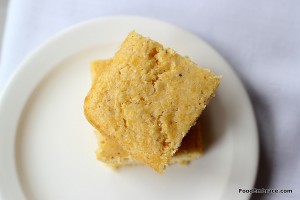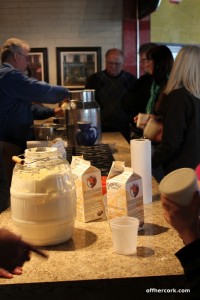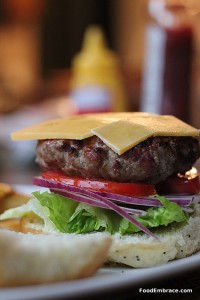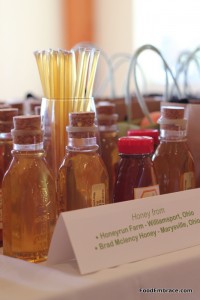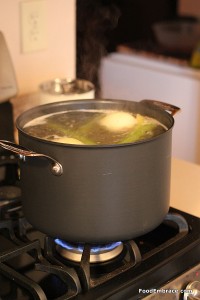 One of my goals that I had last year was to make more stock at home. I use a ridiculous amount of stock each week for cooking. Everything from soups to rice. Because of that I wanted to rely less on store bought stock and more on homemade stock.
One of my goals that I had last year was to make more stock at home. I use a ridiculous amount of stock each week for cooking. Everything from soups to rice. Because of that I wanted to rely less on store bought stock and more on homemade stock.
Since our move here I’m happy to say that I have been using homemade stock exclusively! Since local meats are super abundant and because I bought a meat share this year, bones have been plentiful for stock making.
I’ve also found two things to take my stock from average to perfection. Before my homemade stocks, while tasty, were missing something. I had no idea what but they didn’t seem to have the depth and rich flavor that I expected from homemade stock.
Trick 1:
Reading different homesteading blogs and food blogs I noticed that most people add some sort of acid, usually in the form of cider vinegar to their pot of stock.
I found this really interesting and did a quick search to see why folks were adding vinegar. Westin A. Price says that adding vinegar to the stock helps to extract calcium from the bones. Several other sites merely said that adding vinegar helps pull out more minerals and nutrients from the bones and meat.
Curious, I decided to try it out.
My preference is Bragg’s Unfiltered Apple Cider Vinegar so that’s what I’ve been using. I add anywhere from 1/4 to 1/3C of it to the stock pot.
Trick 2:
Salt and lots of it. Previously I did not season the stock as it simmered. It would eventually get seasoned when I cooked with it so in my mind, seasoning it as it simmered seemed unnecessary.
Oh how wrong I was. Salt is a must!
By “lots of it”, I’m referring to a good 2 to 3 big pinches of kosher salt adding to the stock water.
These two tricks have elevated my homemade stock from alright to dazzling. Perhaps this is all common knowledge? If so I missed that memo.
Adding the vinegar provides depth and richness in flavor that I was looking for but wasn’t getting before. It also helps the stock become a lovely golden brown in color for poultry and pork stocks. For beef stocks it ensures a glistening dark brown stock.
The salt basically just makes things more tasty. It’s a lot easier to pick up the meat and veggie flavors of the stock when the stock is salted. It makes the stock standout instead of just being a background ingredient.
I definitely won’t be making stock without these two ingredients again!
Do you make stock at home? Any tips or tricks to share?

